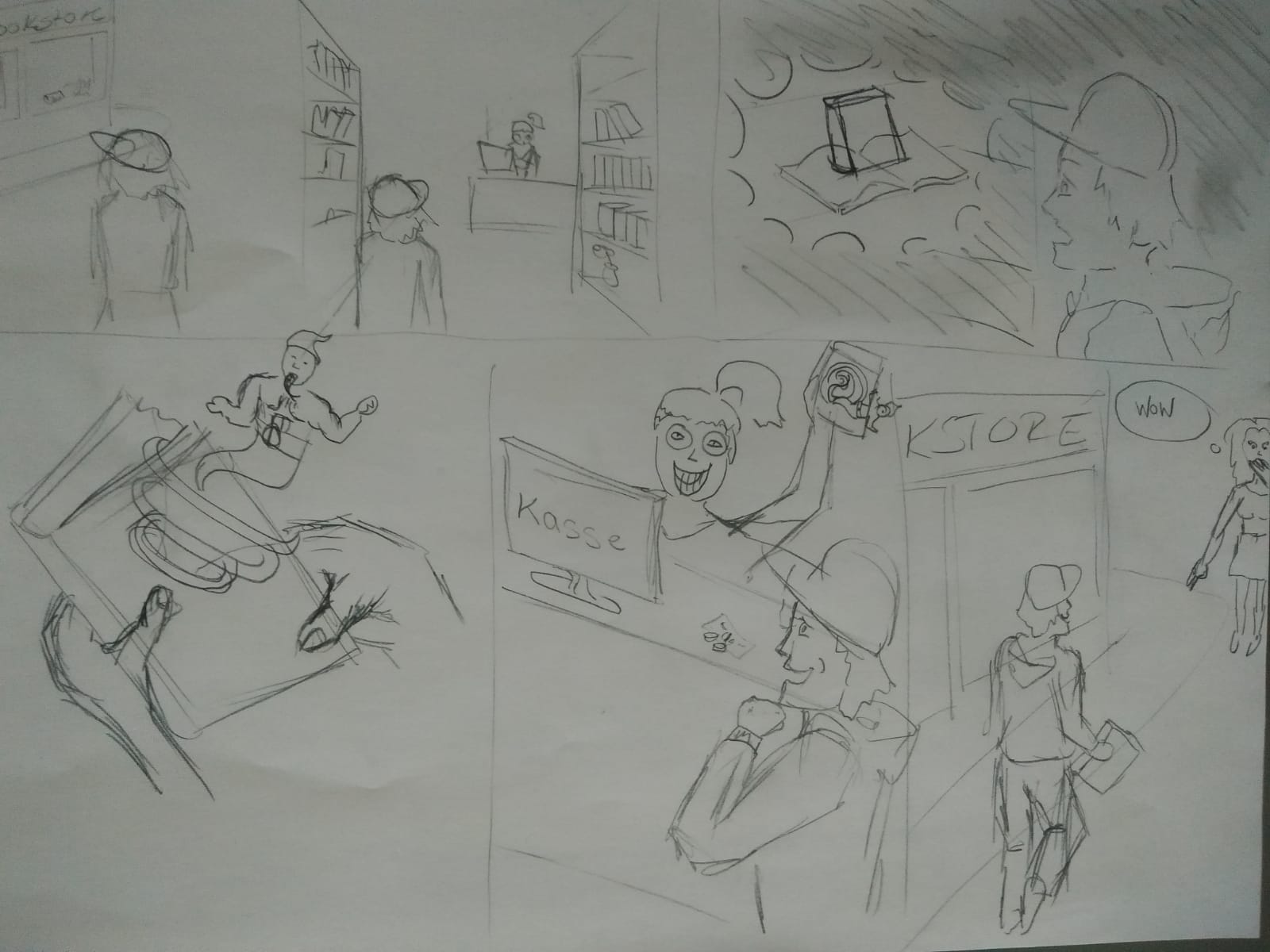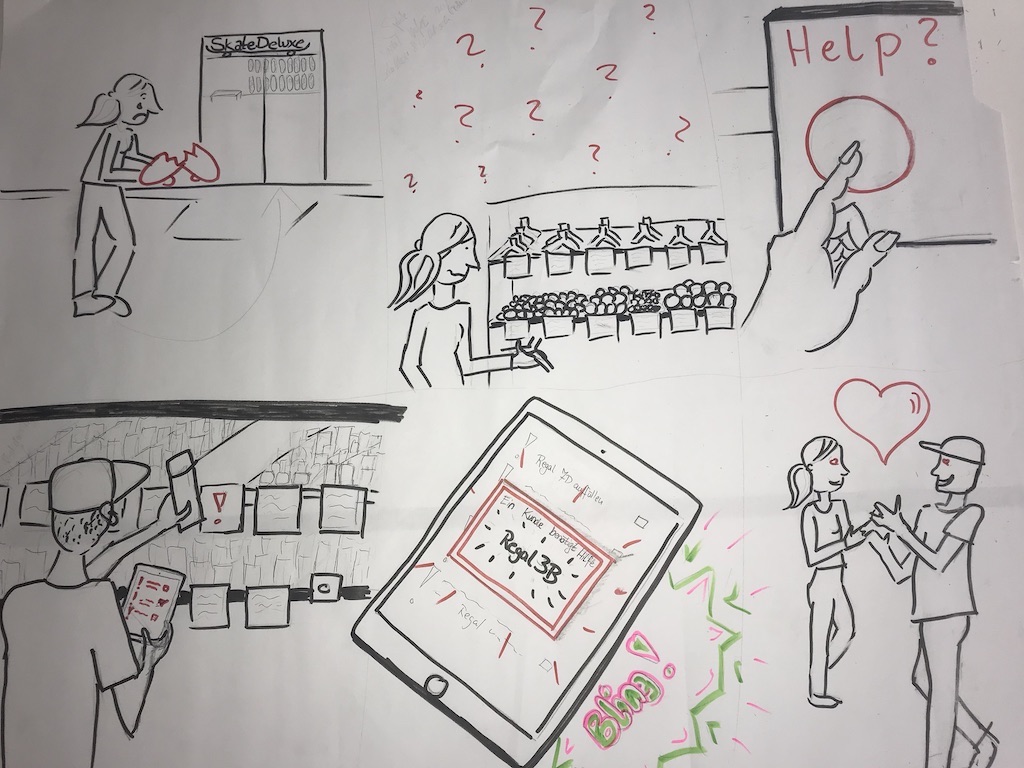Meet “Lock & Roll”. It is the world’s first smart locker that revolutionizes the timeworn retail experience.
While interviewing store managers and customers alike, we discovered a discrepancy between the customer’s need to touch and try a product before buying and the convenience of home delivery that online shopping provides, and smaller stores in particular can’t match.
Our idea aims to bridge that gap. By making it possible to deliver anything you put in the locker to your doorstep, you do not need to carry your heavy shopping bags around in the city or your big suitcase home when travelling.
All you need is a smartphone and our App and an account which holds the information about your address as well as your bank account for a fast and easy payment. The App is very easy to use as it guides you through every step of the process. Just by standing next to one of our lockers, it will use your current position to tell you how many vacant lockers are located nearby. After clicking „Open a Locker“, you are asked to choose between four possible locker sizes. Next it is possible to either select „Pick up Later“ or „Deliver it to me“. When the second option has been chosen, one of our Lock & Roll employees will deliver your belongings right to your doorstep just a few hours later.
After our video-prototype, the next steps are a field test to get more informations and data about the needs and problems our future customers will have.


